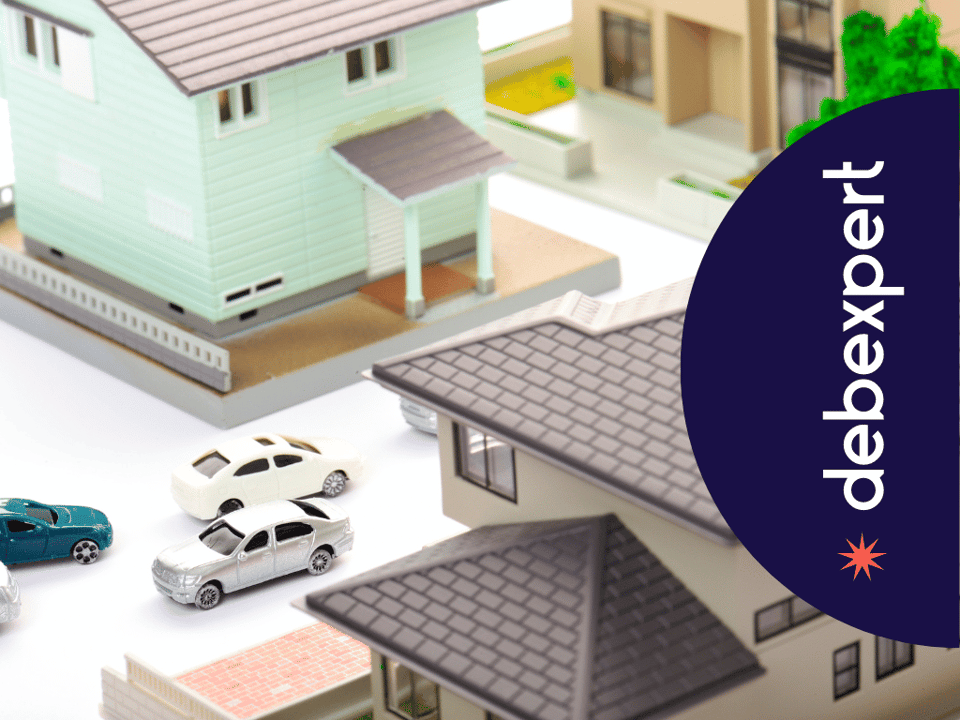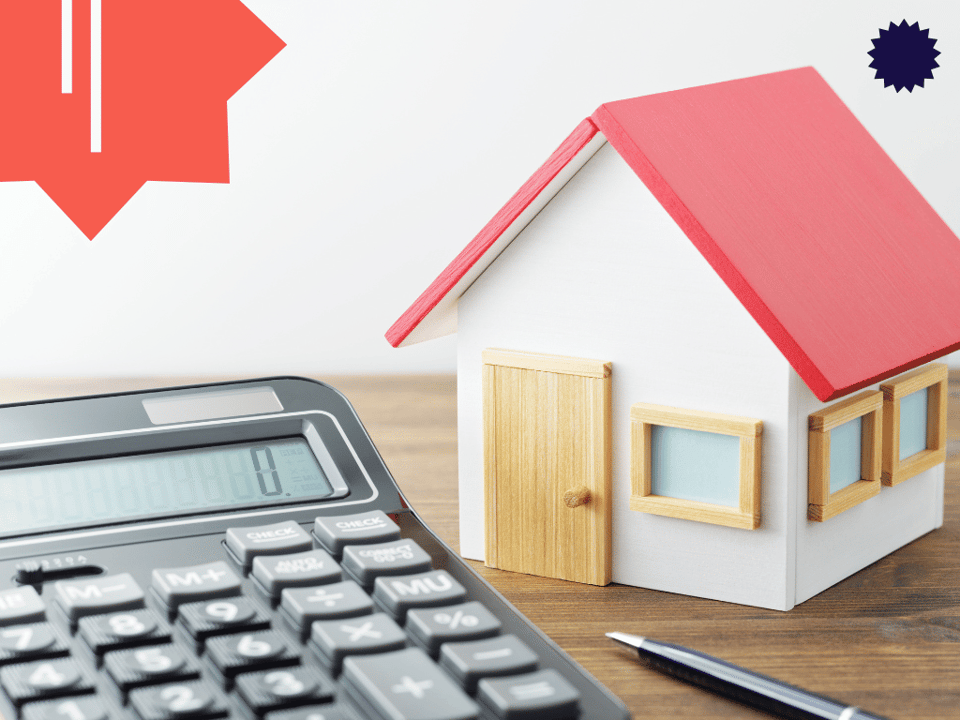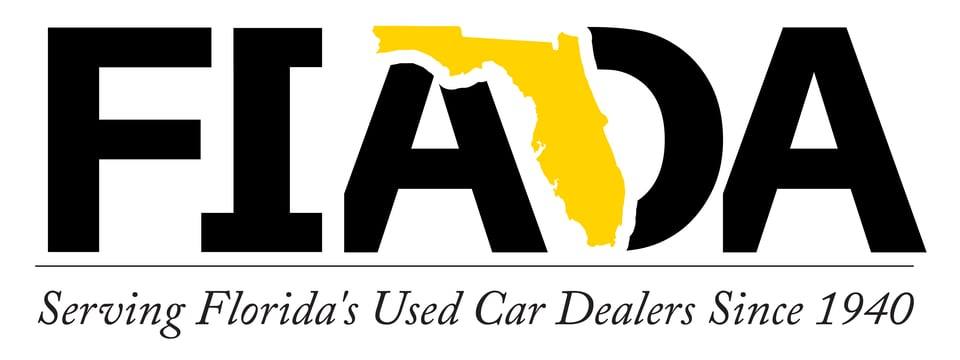For homeowners seeking financial flexibility, few options rival the potential of a second mortgage. By tapping into the equity built up in their most valuable asset – their home – individuals can access substantial funds to tackle a myriad of financial goals. However, navigating the intricate world of second mortgages requires a deep understanding of the nuances involved.

At its core, a second mortgage is a loan secured against a property that already has an existing mortgage – the primary or first mortgage. This secondary loan is considered subordinate to the original mortgage, meaning that in the event of a foreclosure or default, the first mortgage lender has priority in recouping their funds from the sale of the property.
This increased risk for lenders often translates to higher interest rates and stricter qualification requirements for second mortgages compared to primary mortgages. Nevertheless, second mortgage rates typically remain lower than unsecured forms of credit, such as personal loans or credit cards, making them an attractive option for homeowners seeking to leverage their equity.
Second mortgages have been a financial tool for homeowners for many decades. Initially, they gained popularity in the mid-20th century when rising home values and increasing homeownership rates made tapping into home equity an attractive option. Over the years, the demand for second mortgages has fluctuated with changes in the real estate market and economic conditions. During periods of low interest rates and high property values, second mortgages became particularly popular. Conversely, during economic downturns or housing market crashes, such as the 2008 financial crisis, their popularity waned as property values declined and lending standards tightened.
Today, the second mortgage market is influenced by a combination of historically low interest rates, high property values, and an increasing need for financial flexibility among homeowners. Many are using second mortgages to finance home renovations, consolidate debt, or cover major expenses like education and medical bills. With forecasts indicating continued stability in the housing market, second mortgages remain a viable option for many homeowners.

Obtaining a second mortgage involves a process akin to that of securing a first mortgage. Lenders will meticulously evaluate several factors, including the borrower's credit score, debt-to-income ratio, income stability, and, most crucially, the amount of equity they have built up in their home.
Typically, lenders require homeowners to maintain a minimum equity stake of 15-20% in their property to qualify for a second mortgage. This equity cushion serves as a safeguard for the lender, reducing their risk exposure in the event of a default.
Once approved, borrowers can choose between two primary types of second mortgages: a home equity loan or a home equity line of credit (HELOC).
Steps to Apply for a Second Mortgage:

When selecting a lender for a second mortgage, consider factors such as customer service, lender reputation, interest rates, fees, and the flexibility of loan terms. Researching online reviews and seeking recommendations from friends or financial advisors can help identify reputable lenders. It’s also wise to compare offers from multiple lenders to ensure you secure the best possible terms.
A plethora of online tools and resources are at the disposal of homeowners to aid in the meticulous process of comparing lenders and their respective offerings. Websites like Debexpert furnish comprehensive comparison tools that empower homeowners to meticulously evaluate different lenders, taking into account factors such as interest rates, accompanying fees, and customer testimonials. Leveraging these digital resources can prove invaluable in ensuring that homeowners secure the most advantageous terms and conditions aligned with their specific financial circumstances and objectives.
While second mortgage interest rates are typically lower than unsecured debt like personal loans or credit cards, they can vary significantly depending on several key factors. A borrower's credit score plays a crucial role, with excellent scores (typically 760 and above) qualifying for the most competitive rates, while lower scores may result in higher interest charges. The loan-to-value ratio (LTV), which compares the mortgage loan balance(s) to the home's value, is another determining factor – lower LTVs, indicating more equity, generally translate to lower interest rates.
Additionally, interest rates can differ between home equity loans and HELOCs, with HELOCs often carrying variable rates that fluctuate with market conditions. Longer repayment terms may also result in higher interest rates compared to shorter-term loans. To secure the most favorable terms, borrowers should shop around with multiple lenders and compare rates, fees, and conditions.
Home equity loans provide borrowers with a lump sum payment upfront, which is then repaid over a fixed term, similar to a traditional mortgage. This option is particularly well-suited for homeowners seeking to fund a specific, one-time expense, such as a major home renovation, debt consolidation, or a child's college tuition.
The predictability of fixed monthly payments and a set repayment schedule can make financial planning more straightforward for borrowers. However, it's essential to note that once the lump sum is received, the borrower cannot access additional funds through the same loan.
Home equity lines of credit (HELOCs) offer a more flexible approach to accessing home equity. Instead of a lump sum, borrowers are granted a revolving line of credit, which they can draw upon as needed during a predetermined "draw period," typically lasting 5-10 years.
Interest accrues only on the outstanding balance, making HELOCs an attractive option for homeowners with ongoing or recurring expenses, such as home improvement projects or tuition payments. However, it's crucial to exercise discipline when utilizing a HELOC, as the temptation to overspend can lead to mounting debt and potential difficulties during the repayment period.
Beyond the potential for accessing substantial funds, second mortgages offer several advantages that make them appealing to homeowners:
While second mortgages offer numerous benefits, they also come with inherent risks and drawbacks that homeowners must carefully consider:

Beyond the inherent risks, borrowers must carefully review the contract's terms and conditions before signing. Understanding the repayment schedule, whether it's a fixed-term loan or a HELOC with a draw period followed by a repayment period, is crucial for effective financial planning. Some lenders may impose prepayment penalties, potentially limiting a borrower's ability to refinance or make additional principal payments without incurring fees. For HELOCs, borrowers should comprehend how and when variable rates may adjust, as this can impact their monthly payments.
When considering tapping into home equity, homeowners may also explore the option of a cash-out refinance. Unlike a second mortgage, a cash-out refinance replaces the existing mortgage with a new, larger loan, allowing borrowers to pocket the difference in cash.
While cash-out refinances often offer lower interest rates than second mortgages, they also reset the loan term, potentially resulting in higher overall costs and extending the repayment period. Additionally, refinancing can be a lengthy and costly process, involving fees for appraisals, credit checks, and closing costs.
Ultimately, the decision between a second mortgage and a cash-out refinance depends on individual circumstances, such as the amount of equity available, current mortgage rates, long-term financial goals, and the borrower's tolerance for additional monthly payments.
Second mortgages come in two primary forms: home equity loans and home equity lines of credit (HELOCs). Home equity loans provide a lump sum payment with a fixed interest rate and repayment schedule, making them suitable for one-time expenses. HELOCs, on the other hand, offer a revolving line of credit with variable interest rates, ideal for ongoing expenses. Cash-out refinances replace an existing mortgage with a new, larger loan, allowing homeowners to access their equity while potentially securing a lower interest rate.
For senior homeowners aged 62 and older, reverse mortgages are another option to access home equity. Unlike second mortgages, reverse mortgages do not require monthly payments. Instead, the loan balance increases over time and is repaid when the homeowner sells the home, moves out permanently, or passes away.
For homeowners who may not qualify for a second mortgage or prefer alternative solutions, personal loans and home improvement loans can be viable options:
Given the significant financial implications of a second mortgage, seeking professional guidance is highly advisable. A qualified financial advisor can help borrowers assess their overall financial situation, weigh the pros and cons of a second mortgage, and explore alternative options. Experienced real estate professionals can provide valuable insights into local market conditions, property values, and the potential impact of home improvements on equity. Consulting with a tax professional can also help borrowers understand the potential tax implications of a second mortgage, particularly regarding the deductibility of interest payments. By leveraging professional expertise, borrowers can make informed decisions tailored to their unique circumstances and long-term financial goals.
Managing a second mortgage effectively requires careful budgeting and financial planning. Homeowners should create a detailed budget that accounts for the additional monthly payment and ensure they have a plan for repayment. Setting aside an emergency fund can also provide a cushion in case of unexpected financial difficulties.
If a borrower encounters financial difficulties, it's crucial to communicate with the lender promptly. Lenders may offer options such as loan modification, forbearance, or refinancing to help manage payments. Seeking advice from a financial advisor can also provide strategies for navigating financial hardships.
Taking out a second mortgage is a significant financial decision that should not be taken lightly. While it can provide access to funds for various purposes and offer potential tax benefits, it also carries inherent risks and costs.
Homeowners should carefully assess their financial situations, explore all available options, and consult with financial advisors to determine the most suitable course of action. By weighing the pros and cons, considering alternative solutions, and making informed decisions, individuals can leverage their home's equity responsibly and achieve their financial goals without jeopardizing their most valuable asset.
Learn more about second mortgage loans and their alternatives by reading the common questions borrowers often ask when considering their financing options.
Second mortgages aren’t for everyone, but they can make perfect sense in the right scenario. Here are some situations where taking out a second mortgage may be beneficial:
Obtaining a second mortgage with bad credit is challenging but not impossible. You might face higher interest rates or need a co-signer. Consider alternative financing options such as personal loans or cash-out refinances, which might be easier to qualify for with bad credit.
Yes, if you have enough equity, you can use a cash-out refinance to pay off your second mortgage. This consolidates your debt into one loan and potentially lowers your overall interest rate. However, you’ll need to go through the refinance application and appraisal process and pay associated fees.
A home equity loan is a type of second mortgage. Both home equity loans and HELOCs are secured by a lien on your home, but they differ in structure. Home equity loans provide a lump sum, while HELOCs offer a revolving line of credit.
Typically, second mortgage rates are higher than first mortgage rates because they are considered riskier for lenders. However, they are generally lower than unsecured debt rates like those on personal loans or credit cards.
The choice depends on your financial situation. A home equity loan is suitable for one-time expenses with a fixed repayment schedule. A refinance might be better if you want to change your mortgage terms. HELOCs are ideal for ongoing expenses, providing flexibility to draw funds as needed.
Yes, you can use a home equity loan or HELOC to finance the purchase of a second home.
It’s unlikely. Most second mortgage lenders require a minimum credit score of 620. Consider other options if your credit score is lower.
If your first mortgage goes into foreclosure, the second mortgage lien is typically wiped out. However, you still owe the balance on the second mortgage, which becomes unsecured debt.
You can refinance a home equity loan or HELOC similarly to refinancing a first mortgage. This involves applying with a lender, undergoing a credit check, and possibly having your home appraised.
A silent second mortgage is an undisclosed second mortgage used to cover down-payment money. Not informing the first mortgage lender about this second mortgage is considered mortgage fraud.


